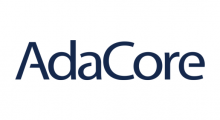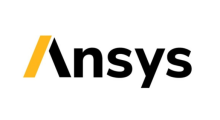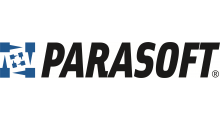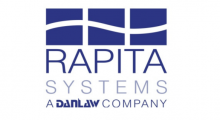An introduction to PYRAMID
Simon Apperley
Analyst (seconded), UK MOD Defence Science & Technology Laboratory

The UK MOD PYRAMID programme introduces a paradigm shift to the current method of avionic systems design and procurement. PYRAMID aims to make legacy and future air mission systems affordable, capable and adaptable by adoption of an open systems architecture approach and systematic software reuse. The focus of the programme has been to develop the core PYRAMID Reference Architecture (PRA). Previously, mission systems software was bespoke to each air platform and was not designed to be compatible with the wider platform portfolio. PYRAMID aims to break this mould, allowing each software component to be compatible with other platforms that have adopted the PRA. PYRAMID is anticipated to lead to significant benefits for both UK MOD and wider industry, including:
• rapid adaptability and capability evolution
• increased potential for re-use of software artefacts
• decreased integration times of new capabilities
• reduced impact of obsolescence
• reduced mission system maintenance costs
Reflecting this huge potential, the UK MOD is making a significant investment in PYRAMID. Sponsored by the Rapid Capabilities Office (RCO) within Royal Air Force (RAF) Air Command, PYRAMID is a key element of the 2018 UK Combat Air Strategy.
The emphasis has been placed on PYRAMID to realise several Key User Requirements (KURs), consolidated in a Single Statement of User Need (SSUN):
…to enable delivery and maintenance of UK Technology Advantage, the user requires a core mission system that is: Resilient against Obsolescence; Scalable; Exploitable; Flight Certifiable; Security Accreditable; Configurable; provides Utility across a range of mission requirements; and incorporates Future Growth potential.

















